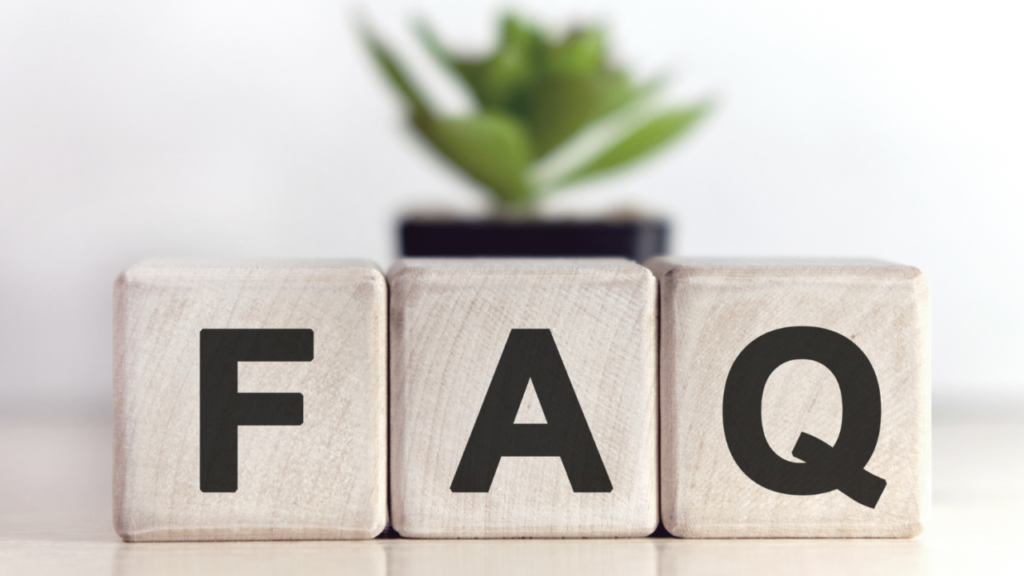The digital landscape is no stranger to security breaches, and recently, the spotlight has been on thejavasea.me leaks aio-tlp. This particular incident has raised concerns across different communities due to the sensitive nature of the leaked data. But what exactly is the significance of these leaks, and how does the AIO-TLP system factor into it? Let’s break it down.
Table of Contents
What is thejavasea.me Leaks AIO-TLP?
The thejavasea.me leaks aio-tlp revolves around data from a popular platform, known for curating a range of tools and resources in the tech world. AIO-TLP, or “All-In-One Traffic Light Protocol,” refers to a method of labeling sensitive information based on its confidentiality. This protocol, often used to control the distribution of data, classifies it into categories such as red, amber, and green. The leaks from thejavasea.me are concerning because they reveal critical information that should have been safeguarded under these protocols.
These leaks have sparked discussions about the importance of enhanced cybersecurity measures. The question remains: how did this happen, and could it have been prevented? The challenge is that the leaked data could potentially be misused, raising further concerns.

The Impact of the Leaks on Users and Communities
The thejavasea.me leaks aio-tlp have caused a ripple effect across online communities. For many users, the fear of their data being exposed has led to heightened awareness of their online safety. While the exact scope of the leaks is still being determined, the potential fallout is significant, especially if personal information, credentials, or proprietary data were involved.
For platforms like thejavasea.me, such a breach affects not only their reputation but also user trust. When leaks of this nature occur, users are often left questioning the security protocols of the websites they visit regularly. What steps are being taken to ensure this doesn’t happen again? This leak serves as a wake-up call for both users and administrators to prioritize security measures more seriously.
Prevention and the Importance of Cybersecurity
Cybersecurity professionals have long warned about vulnerabilities that can lead to incidents like the thejavasea.me leaks aio-tlp. The breach exposes the need for better encryption methods, tighter access control, and more regular audits of platform security systems. In this digital age, where data breaches seem to occur more frequently, ensuring that platforms adopt best practices is crucial.
Could the thejavasea.me leaks aio-tlp have been avoided? Many argue that stronger adherence to cybersecurity protocols, including robust encryption and updated monitoring systems, could have mitigated the damage. The lesson here is clear: no platform, no matter how popular or secure it may seem, is immune to the ever-present threat of cyberattacks. Addressing these concerns now can prevent future incidents.
The Future of AIO-TLP and Data Security
With leaks like those at thejavasea.me, the future of the AIO-TLP system is now under scrutiny. While this protocol has been effective in labeling sensitive data, incidents like these make it evident that the system alone is not enough. There must be a collective effort to implement stronger data protection strategies alongside the protocol.
Is the AIO-TLP system still reliable? Many cybersecurity experts believe that it remains an essential part of data classification, but they agree that it requires regular updates and refinements to stay effective. It’s not just about labeling the data correctly—it’s about ensuring that the infrastructure behind it is fortified against potential threats.
Rebuilding Trust After the Leaks
Rebuilding trust after a breach like the thejavasea.me leaks aio-tlp is no easy feat. Platforms affected by such incidents must take immediate action to reassure their users that their data is secure. Transparency about what led to the leak, steps taken to prevent future breaches, and providing users with tools to safeguard their information are key to restoring confidence.
In the wake of this event, one thing is certain: users will demand higher levels of security from platforms they interact with daily. Addressing the concerns raised by the leaks will require a coordinated effort from cybersecurity teams, platform administrators, and users themselves to create a safer online environment.
Strengthening Data Protection Measures
In the aftermath of the thejavasea.me leaks aio-tlp, platforms must rethink their approach to data protection. Strengthening cybersecurity defenses involves more than just implementing basic protocols—it requires a multi-layered strategy. Encryption is a crucial element, but it should be supported by other tools like multi-factor authentication, regular system audits, and secure cloud storage solutions. Platforms should also educate users on best practices, empowering them to take an active role in safeguarding their own data.
Can platforms do more to prevent such incidents? Absolutely. By investing in advanced threat detection systems and staying updated on the latest cybersecurity trends, websites like thejavasea.me can create a safer environment for their users. Additionally, collaborating with cybersecurity firms to audit and patch vulnerabilities before they become problematic is another proactive step. This creates a more robust defense against future leaks.

Legal and Regulatory Consequences
Beyond reputational damage, the thejavasea.me leaks aio-tlp could also lead to serious legal repercussions. Data privacy laws, such as the General Data Protection Regulation (GDPR) in Europe and the California Consumer Privacy Act (CCPA) in the U.S., have stringent requirements for how companies handle user data. Any breach of these laws can result in fines, sanctions, or lawsuits. Platforms that fail to comply with these regulations face not only financial penalties but also long-term damage to their credibility.
How does a platform recover from the legal fallout of a data leak? The first step is transparency. Affected platforms must cooperate with regulatory bodies, offering full disclosure of the extent of the leak and the steps being taken to mitigate its effects. Implementing data privacy best practices post-incident is essential to demonstrating compliance and regaining the trust of regulators and users alike. This can minimize legal consequences while helping rebuild the platform’s reputation.
The Role of Users in Data Security
While platforms bear the primary responsibility for safeguarding user information, individuals also play a significant role in protecting their own data. With incidents like the thejavasea.me leaks aio-tlp, users are reminded of the importance of strong passwords, keeping their software updated, and enabling two-factor authentication whenever possible. Cybersecurity is a shared responsibility, and user vigilance can help minimize the risks posed by future breaches.
What can users do to stay safe online? Awareness is key. By staying informed about the latest threats and vulnerabilities, individuals can take proactive measures to protect themselves. Regularly changing passwords, avoiding public Wi-Fi for sensitive transactions, and using password managers are just a few steps that can reduce the chances of being affected by a data breach. It’s a collaborative effort that requires both users and platforms to be vigilant in their pursuit of digital security.
Conclusion
The thejavasea.me leaks aio-tlp serve as a stark reminder of the importance of cybersecurity in today’s digital world. The incident not only underscores the need for advanced security measures but also highlights the challenges platforms face in protecting sensitive data. Moving forward, platforms must prioritize the implementation of stronger, more resilient systems to prevent future breaches.
Could this be a turning point for how we approach online security? Only time will tell, but one thing is for sure: leaks like this won’t be the last, and the lessons learned today will shape the future of digital safety.

FAQs
1. What is thejavasea.me leaks aio-tlp?
thejavasea.me leaks aio-tlp refers to a significant data breach involving sensitive information from the platform thejavasea.me. The term AIO-TLP stands for “All-In-One Traffic Light Protocol,” a system used to label data according to its confidentiality. The leaks revealed critical data that should have been protected under this protocol.
2. How did the leak happen?
The exact method behind the thejavasea.me leaks aio-tlp is still under investigation. However, the breach is likely due to vulnerabilities in the platform’s cybersecurity systems, such as outdated encryption, poor access control, or a lack of regular system audits.
3. What kind of data was leaked?
Although details about the specific data involved are still emerging, the leak likely contains sensitive user information, credentials, and potentially proprietary data. This could lead to serious security risks if the data falls into the wrong hands.
4. How does the AIO-TLP system work?
The AIO-TLP (All-In-One Traffic Light Protocol) classifies data into different categories based on its sensitivity. It uses a color-coded system—red for highly confidential data, amber for restricted sharing, and green for public or less sensitive information. The system is designed to control the distribution of sensitive information.
5. How can users protect themselves after the leak?
Users affected by the thejavasea.me leaks aio-tlp should immediately change their passwords, enable two-factor authentication, and monitor their accounts for any suspicious activity. It’s also important to update any personal information that may have been compromised.


